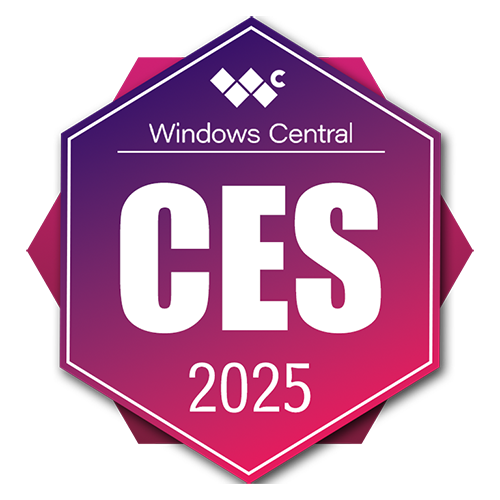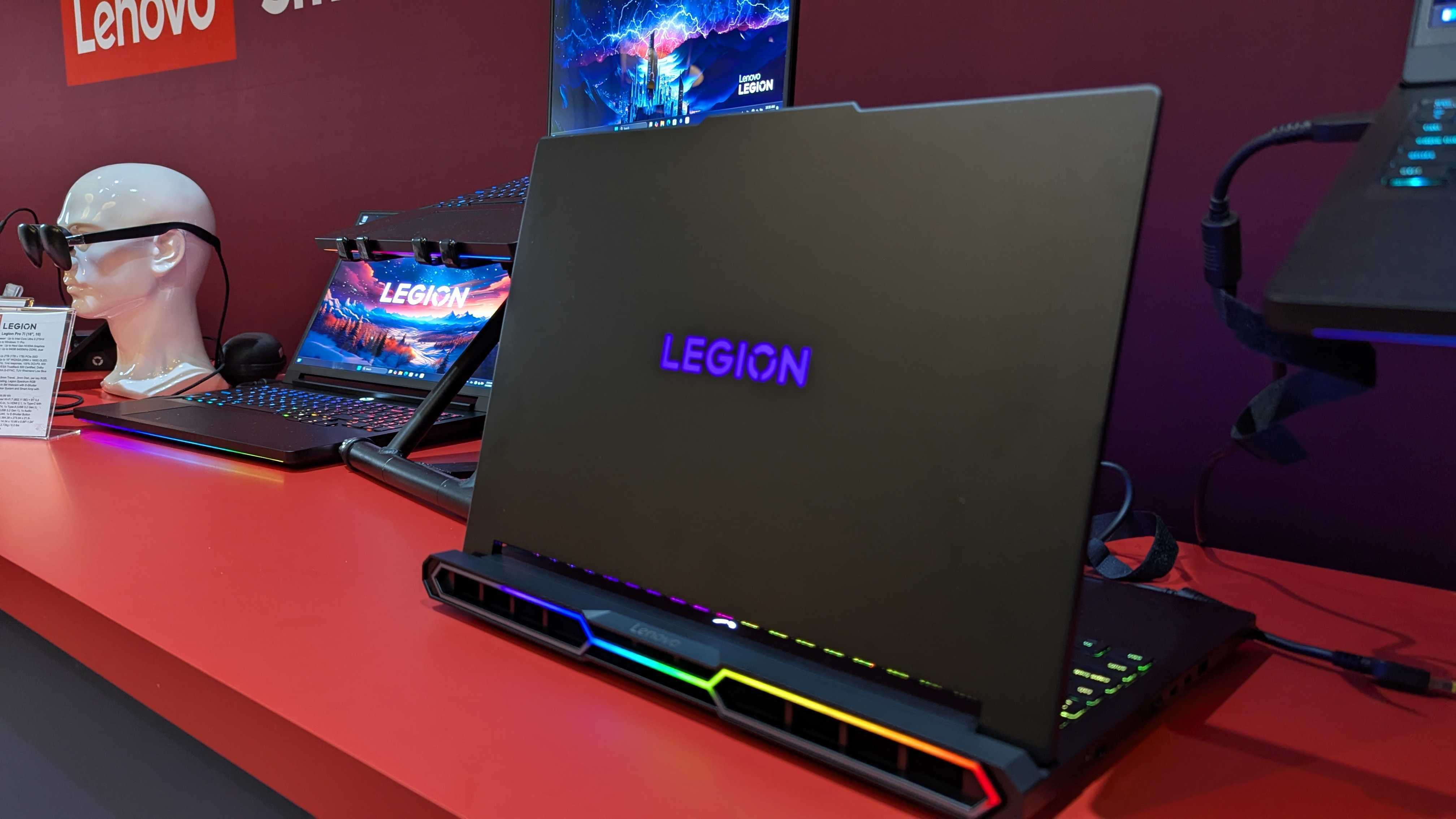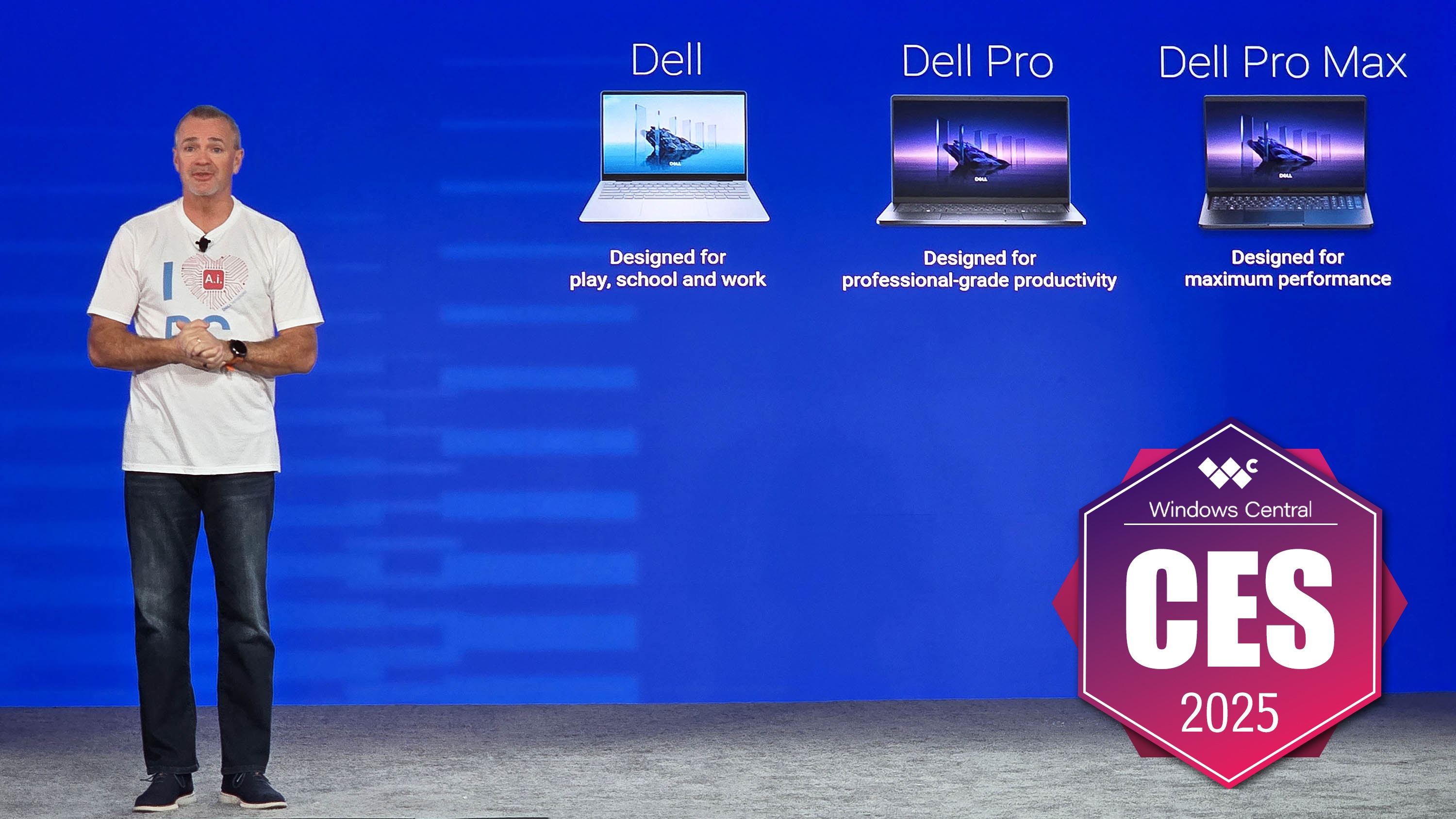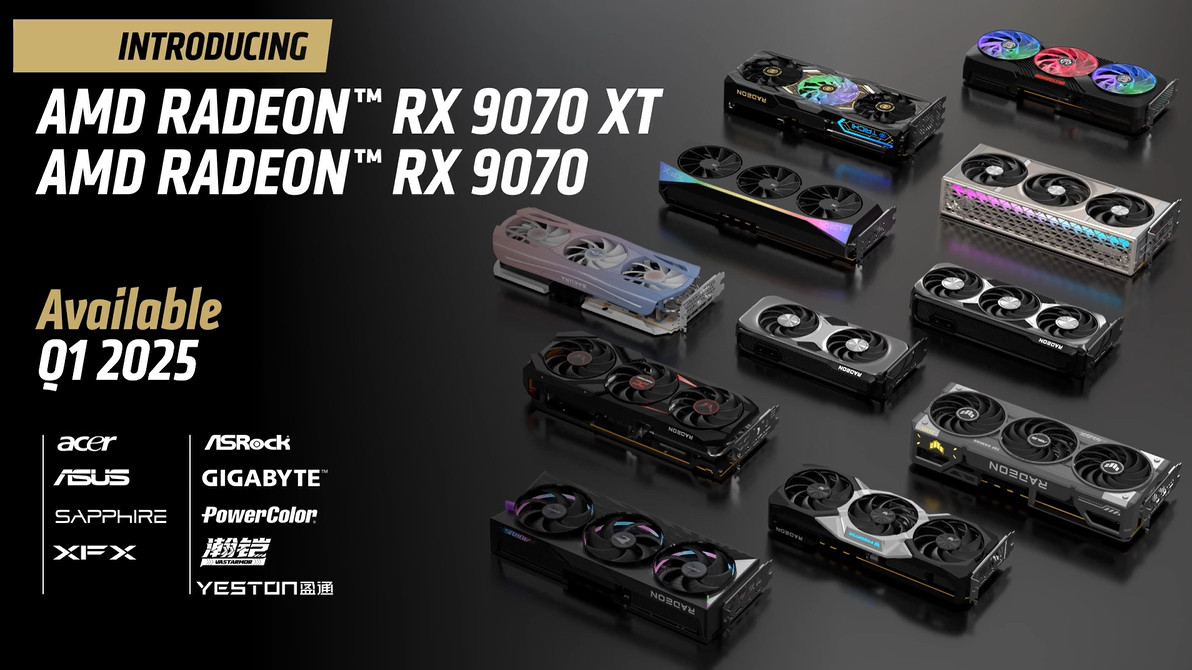Every year, Windows Central sends a crack team of reporters to CES to dig up all of the best — and worst — innovations, refreshes, and product announcements. While there’s usually a wide variety of new tech on display at CES, our focus on PCs, concept devices, and gaming hardware keeps our hands full with notable announcements.
While the press is generally early to the show in Las Vegas, CES 2025 officially kicked off with NVIDIA CEO Jensen Huang’s keynote speech on January 6. The show runs until January 10, but the major announcements have all been revealed, and we’re hard at work recapping the show.
The opposite of what I put together here is Windows Central’s Best of CES 2025 Awards, which my colleague Ben Wilson has filled with highlights from the show. I’ve taken the opposite approach here, collecting all of the biggest disappointments and head-scratchers we saw at CES 2025.
Alienware’s Area-51 gaming desktop returns with two RAM slots
Dell’s Alienware brand has been around for decades, and one of its most recognizable sub-brands was resurrected at CES 2025. The Alienware Area-51 announcement marks the return of the flagship gaming PC, which Dell says is more upgradeable than ever before. There’s some truth to that statement, but there are some design choices standing in the way.
After years of using a proprietary motherboard shape that was nigh impossible to upgrade yourself, the new Area-51 comes with a standard(ish) ATX board. It’s still a proprietary Alienware design, so you’ll need to buy a separate mounting harness if you ever want to replace it with a motherboard from a different brand, and it has two RAM slots.
That’s the line that caused me pause, as I’ve never seen a full-size (80L!), high-performance PC that doesn’t give users the option to split RAM into four sticks. If you’re interested in spending $4,499 or more on a pre-built gaming PC, I recommend checking out MAINGEAR’s new APEX FORCE models, also announced at CES 2025.
👉 Read more: The Area-51 returns as Alienware’s flagship gaming PC — why does it only have two RAM slots?
Lenovo’s Yoga Book 9i 14 (Gen 10) didn’t get the upgrades I wanted most
One of my biggest surprises of 2024 was how much I loved using a dual-screen laptop. The two top contenders in this form factor — the Lenovo Yoga Book 9i 14 (Gen 10) and ASUS Zenbook DUO — received refreshes at CES 2025, with the former laptop getting more of an overhaul than the latter.
The Yoga Book 9i notably got its dual displays upsized to 14 inches (from 13.3 inches), and they each now have up to a 120Hz variable refresh rate (up from a flat 60Hz). Lenovo also managed to lower its weight despite having larger screens and battery size.
Unfortunately, one of my biggest gripes about the Yoga Book 9i — especially after using the Zenbook DUO’s fully integrated design — is how the keyboard kind of feels like an afterthought. There’s still no backlight, no physical touchpad, and no internal storage solution when you’re on the move.
My wishlist with a redesigned keyboard and stand setup will have to wait at least another year.
👉 Read more: Are foldable laptops dead? Lenovo and ASUS focus on dual-screen PCs, with no sign of their pricier counterparts.
Lenovo’s Legion Pro 7i 16 (Gen 10) loses its rear port bank
One of the first gaming laptops I ever tested with a bank of ports hiding behind the display hinges came from Lenovo’s Legion brand. The feature immediately became something I recommended keeping near the top of a list, and more gaming laptops picked up the feature as they were refreshed.
Why do I love this feature so much? It keeps your more permanent cables — like HDMI, AC power, and USB-A — pointing out the back, reducing clutter and making the laptop easier to handle. It’s especially important for those who usually use a gaming laptop at a desk.
Lenovo’s new most powerful gaming laptop announced at CES 2025, the Legion Pro 7i 16 (Gen 10), was redesigned to make extra room for a buffed cooling system required by Intel and NVIDIA’s latest performance hardware. The rear port bank was a casualty in the process.
NVIDIA’s RTX 5090 costs $2,000
NVIDIA received a Windows Central Best of CES 2025 Award for its new RTX 5000 “Blackwell” graphics cards, from which the RTX 5090, RTX 5080, RTX 5070 Ti, and RTX 5070 were unveiled. However, the announcement didn’t come without some literal groans from the in-house audience and NVIDIA CEO Jensen Huang’s keynote speech.
I’m talking about the flagship GeForce RTX 5090, which caused a stir when its $2,000 price tag was revealed. This was the most important spec in the eyes of a lot of PC gamers, and while we were all expecting a high price, a $400 premium compared to its RTX 4090 predecessor doesn’t sit well.
At least NVIDIA is promising RTX 4090 performance from the RTX 5070, which comes in at a $549 MSRP. There’s a lot of AI work and frame generation going on behind that claim, but will it really matter if visual fidelity isn’t impacted?
👉 Read more: NVIDIA unveils RTX 5080 and RTX 5090 GPUs — here’s what they cost
Acer’s Nitro Blaze 11 is enormous … with a price to match
I’m reserving final judgment until after I can see what this thing can do, but for now, the Acer Nitro Blaze 11 gaming handheld seems like a gag. I mean … just look at the promotional photo Acer uses. Does that thing not look massive?
Acer introduced the 11-inch Nitro Blaze alongside the 8.8-inch Nitro Blaze, and a lot of the specs, aside from system dimensions and screen size, look the same. There’s still a relatively limited 55Wh battery in the larger handheld — the ASUS ROG Ally X has an 80Wh battery, for reference — and there’s no higher-spec CPU available.
Acer is clearly trying something new here, going for an oversized system that will please those who crave a larger display but who don’t want a full laptop. The Nitro Blaze 11’s saving features will likely be the built-in stand and detachable controllers, but will the $1,100 starting price be too much of a deterrent? We’ll know more when the handhelds launch in Q2 2025.
👉 Read more: Specs and prices for Acer’s new AI PC gaming handhelds have been revealed — They’re a lot heftier than I expected
Dell does away with decades of brand recognition
What’s the best thing to do with decades of brand recognition? A name that a lot of the general public associates with laptops, whether they follow PC news or not? You scrap it and start fresh with some of the most boring and generic names possible!
Following in the footsteps of HP’s 2024 PC rebrand, Dell announced at CES 2025 that it’s retiring XPS, Precision, Latitude, OptiPlex, and more names in order to simplify its lineup in the age of AI PCs. What are the cool new names, you’re asking?
Well, there’s the new Dell brand of PCs made for everyday school, work, and play. Yeah, that’s right. “Dell” is the name of the new consumer laptops. A step up from those are Dell Pro laptops made for professionals in the commercial market. And finally, Dell Pro Max laptops are a mix of high-end hardware for the consumer and commercial markets.
Furthermore, each brand has Base, Plus, and Premium tiers, resulting in something like a Dell Pro Max 16 Plus. Is that enough adjectives? Will Dell’s risky rebrand pay off? I guess we’ll see when the new PCs start shipping in February 2025.
Dell does away with decades of brand recognition and names its new laptops “Dell” with Pro and Pro Max variants.
👉 Read more: Goodbye, XPS: Dell joins HP in rebranding its entire laptop range for the AI PC era
AMD no-shows its RDNA 4 GPUs
We received a pre-show press kit from AMD to get a jump on the news coming out of CES 2025, but some of it didn’t align with the company’s live presentation. Where did the RDNA 4 GPUs go?
Tom’s Hardware reported on the omission, claiming that representatives from AMD blamed the lapse on a lack of time in its 45-minute presentation. Here’s a quote from AMD executive David McAfee, as reported by Tom’s Hardware:
“Just to set the record straight to begin with, the lack of RDNA 4 in this press conference has nothing to do with product development or any of that. The chips are in the lab, and they are performing well. It’s hitting all the targets in terms of performance and power.”
I knew that AMD wasn’t interested in battling against NVIDIA for space in the high-end GPU market, but the complete omission has definitely rubbed fans of Team Red the wrong way. Here’s hoping the new GPUs — including the RX 9070 and RX 9070 XT — blow us away when AMD finally shows them off.
👉 Read more: AMD previews RDNA 4 desktop GPUs at CES 2025












